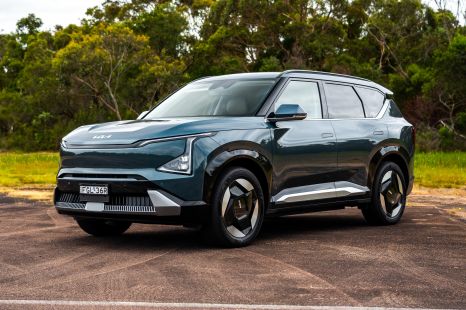

James Wong
2025 Kia EV5 Earth AWD review
4 Days Ago
The new WL series of Grand Cherokee sees the belated addition of a third row, but the only engine in the new L is a petrol V6.
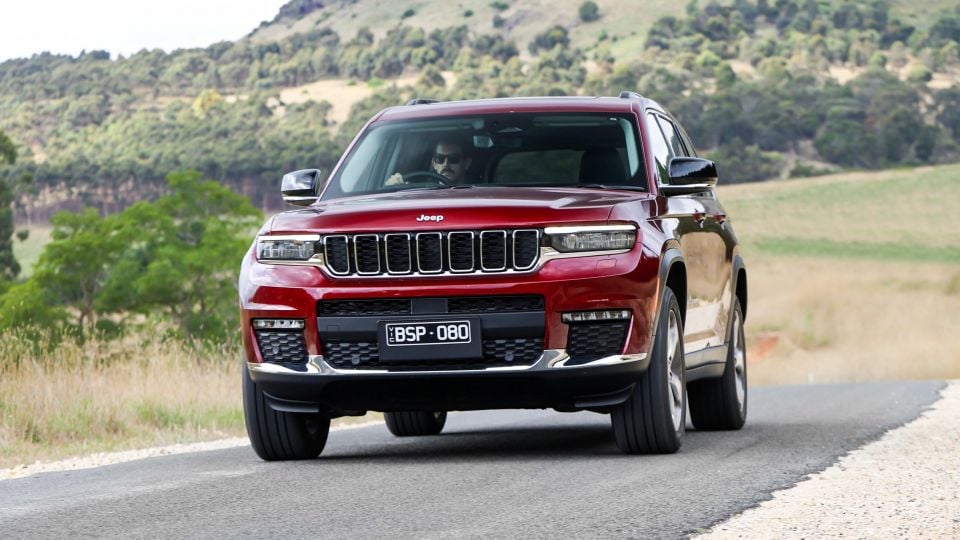
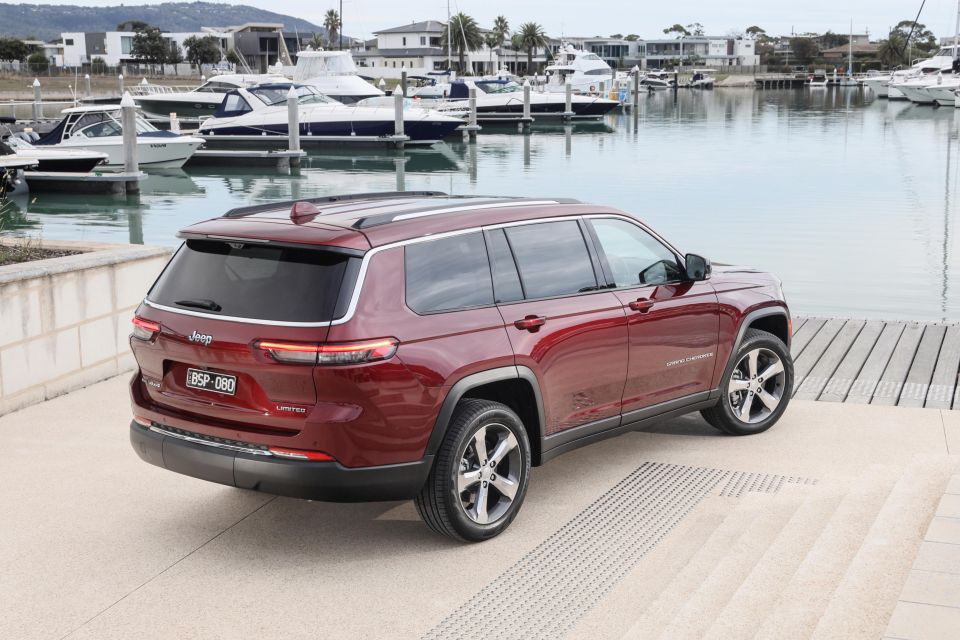

Quickly see how this car stacks up against its competition. Select any benchmark to see more details.
Where expert car reviews meet expert car buying – CarExpert gives you trusted advice, personalised service and real savings on your next new car.
Remarkably, it’s been over a decade since Jeep last offered a three-row SUV in Australia or North America.
The Commander was a Grand Cherokee-based SUV with styling that made a Volvo 740 look curvaceous, and could never match the Japanese establishment in the local sales race.
Now, Jeep is taking a crack at the large, three-row market 12 years later with the Grand Cherokee L, which features seven seats across three rows.
It’s one of two bodies within the new WL-series Grand Cherokee range, with shorter, two-row models due in the fourth quarter of 2022.

Even if the third rows of large SUVs are used infrequently by many, the availability of a seven-seat Grand Cherokee should attract some customers who previously wouldn’t have gone to a Jeep dealership.
Unfortunately for the new WL Grand Cherokee, it may also lose some customers.
The torquey turbo-diesel V6, which accounted for around 57 per cent of sales for the outgoing WK2 generation in Australia, is no longer available in the Grand Cherokee globally.
And though the venerable Hemi 5.7-litre petrol V8 lives on in North America, it’s not making the trip here; the more powerful 6.4-litre and supercharged 6.2-litre V8 engines of the SRT and Trackhawk models are also dead globally.
Jeep is touting its upcoming 4xe plug-in hybrid model – a first for the Grand Cherokee line – as a more powerful yet more efficient powertrain, but it’ll only be offered in the shorter body when it arrives here in the first quarter of 2023.
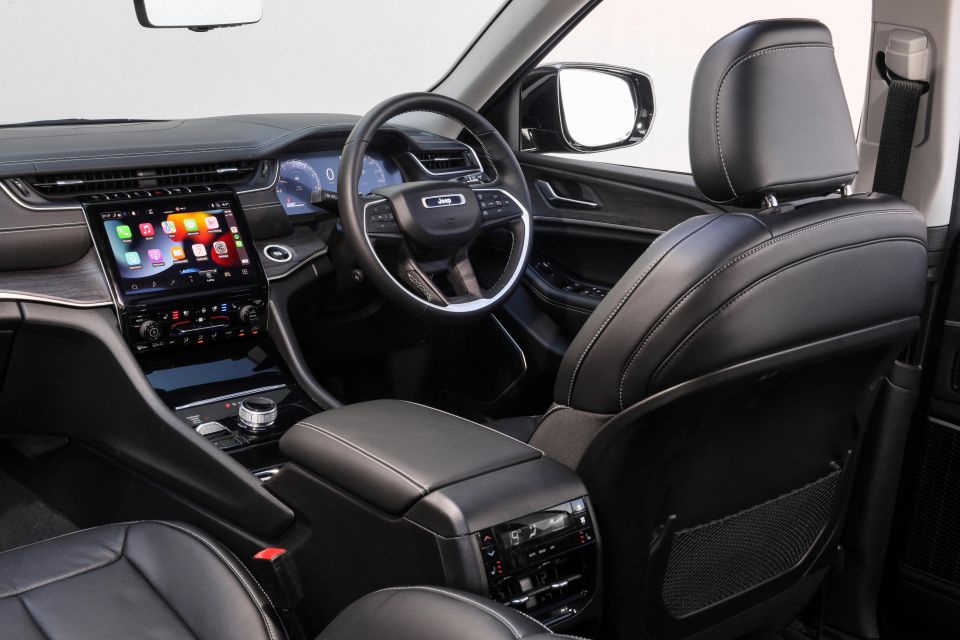
That leaves the Grand Cherokee L, Jeep’s flagship product in Australia, to make do with the perennial Pentastar petrol V6.
Not only has Jeep Australia said goodbye to the diesel V6 and petrol V8 engines, it’s bid adieu to the 3500kg braked towing capacity figure so many rivals can still boast. That’s led the company’s managing director to remark some buyers will “have to reconsider and work out what actually do they need”.
Though its only powertrain (so far) is a carryover that dates back a decade, there’s a new platform underneath. Gone is the architecture shared with the previous-generation Mercedes-Benz GLE, in its place a new architecture related to the Giorgio underpinnings of the Alfa Romeo Giulia and Stelvio and Maserati Grecale.
There’s also a new generation of infotainment system, new safety and convenience features, and handsome, square-jawed styling.
So, for the steps back the WL has taken, it’s at least edged forward in some other areas.
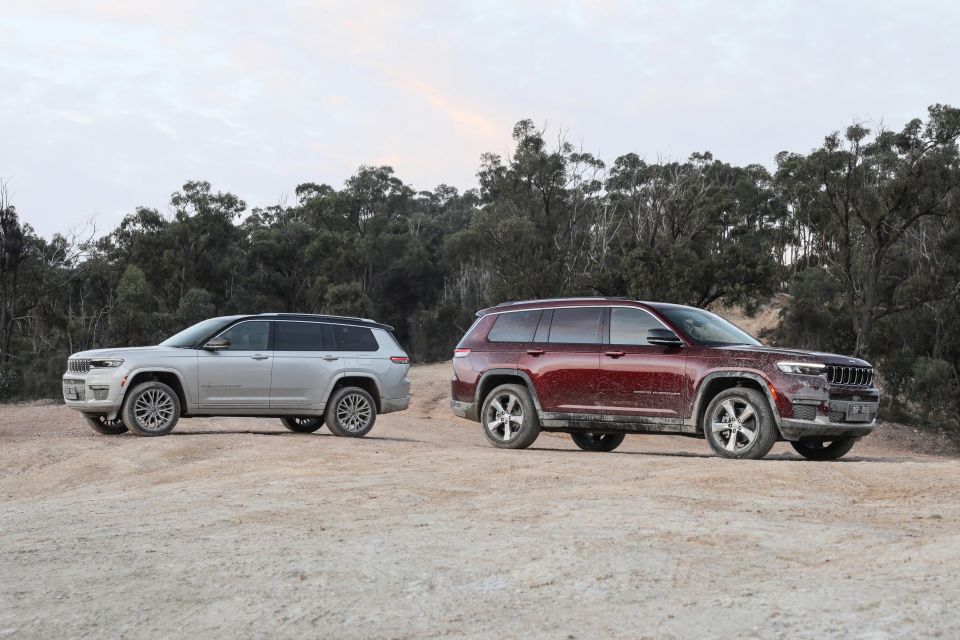
The Grand Cherokee L range opens at $82,250 before on-roads for the Night Eagle, with the Limited ringing up at $87,950 plus on-roads and the Summit Reserve priced from $115,450 before on-roads.
As a large, unibody, seven-seat SUV with off-road pretensions but without a luxury nameplate, the Grand Cherokee L has little in the way of direct competition.
It’s certainly pricier here than large crossovers like the Hyundai Palisade ($55,700-75,700), Toyota Kluger ($47,650-75,700) and Mazda CX-9 ($45,990-73,881), all of which the Grand Cherokee L goes up against in the US market.
There, its base price is around US$5000 more than base versions of those rivals while its sprawling range of up-spec variants pushes its maximum price well above rival flagship models. But here in Australia, it’s even more lopsided, with even the base Grand Cherokee L costing several thousand dollars more than a top-spec Palisade or Kluger.
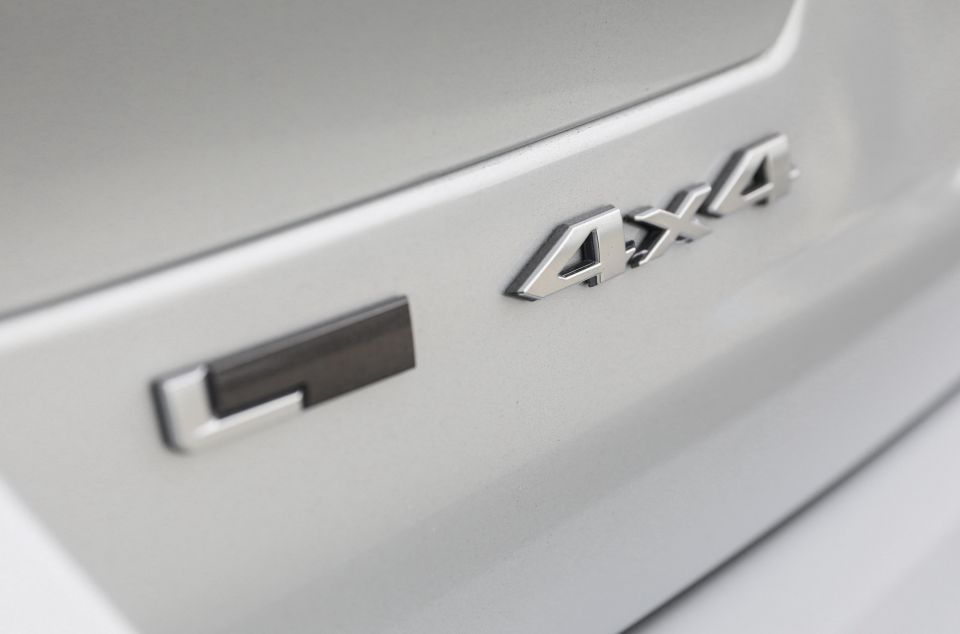
The range still opens comfortably below the base prices of luxury-brand three-row SUVs like the Land Rover Discovery D300 S ($105,975), Audi Q7 45 TDI ($109,100), BMW X5 xDrive25d ($110,250 including the third row), and Genesis GV80 2.5T ($97,000 with the third row), to name a few.
Looking at more traditional body-on-frame, three-row off-roaders, the Grand Cherokee L is generally pricier than the Toyota Prado ($60,830-87,807) but cheaper than a LandCruiser 300 Series ($89,990-138,790).
The most comparably priced rival to the Grand Cherokee L is the Volkswagen Touareg ($84,990-112,690), another SUV with premium pretensions from a mainstream brand. While it offers only two rows of seating, it packs a pair of torquier turbo-diesel engines.
There’s also the Volvo XC90 range, which opens at $88,490 and is capped with the $116,990 Recharge, which offers both a third row of seating and a plug-in hybrid powertrain.
All prices listed above exclude on-road costs.
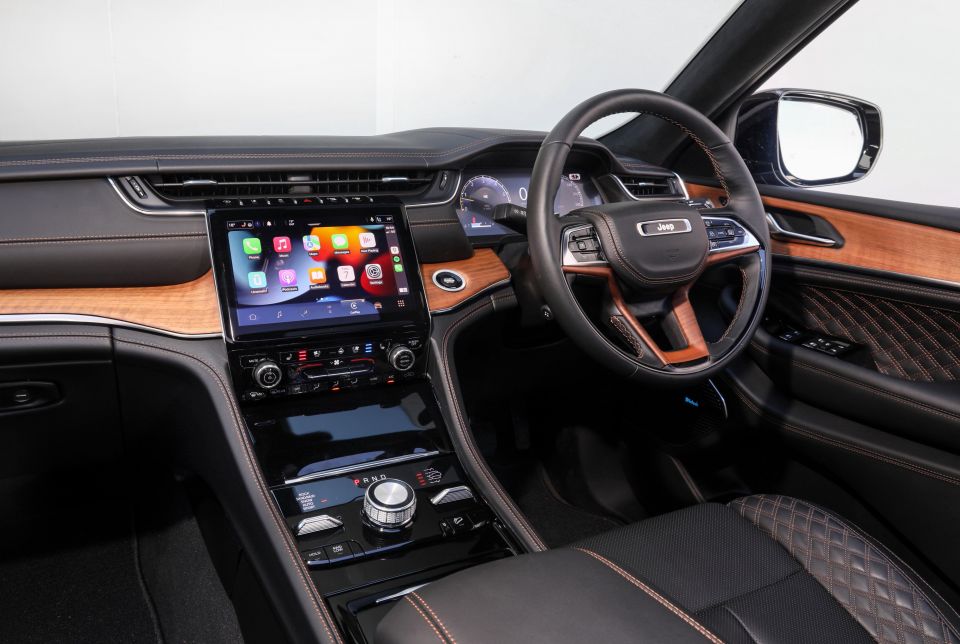
The Grand Cherokee L’s interior presents very well at first glance, with an attractive, modern design.
For its age, the outgoing WK2’s interior held up relatively well visually, though similarly-sized off-roaders aren’t exactly known for inspiring cabins. Nevertheless, the WL moves the game forward for Jeep with a more upmarket and contemporary design.
Instead of jutting out of the dashboard like a tablet, as in so many cars, the touchscreen – 8.4-inch in the Night Eagle, 10.1-inch in the others – is positioned as part of the centre stack. Below it sit physical climate controls.
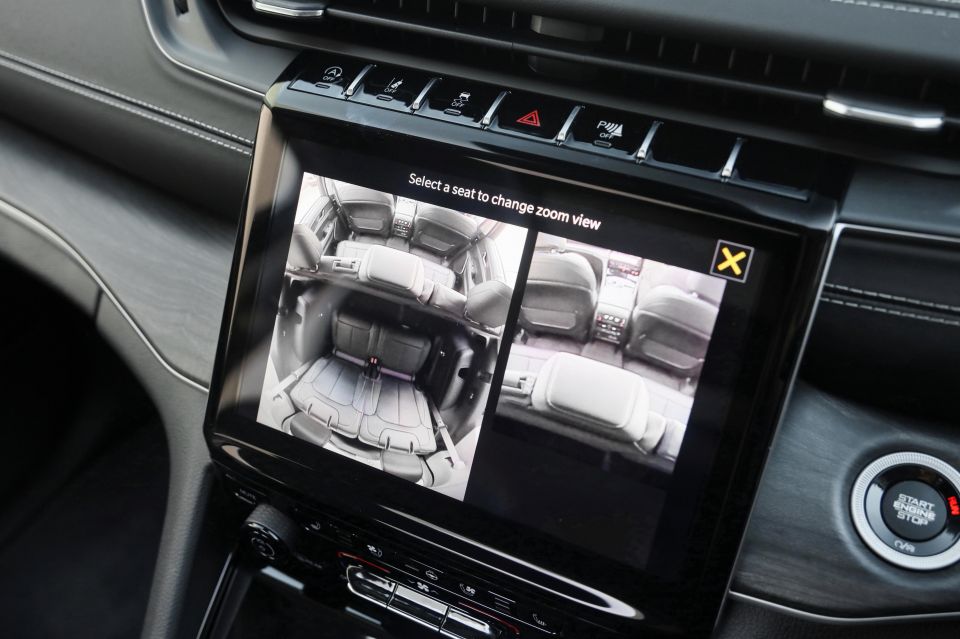
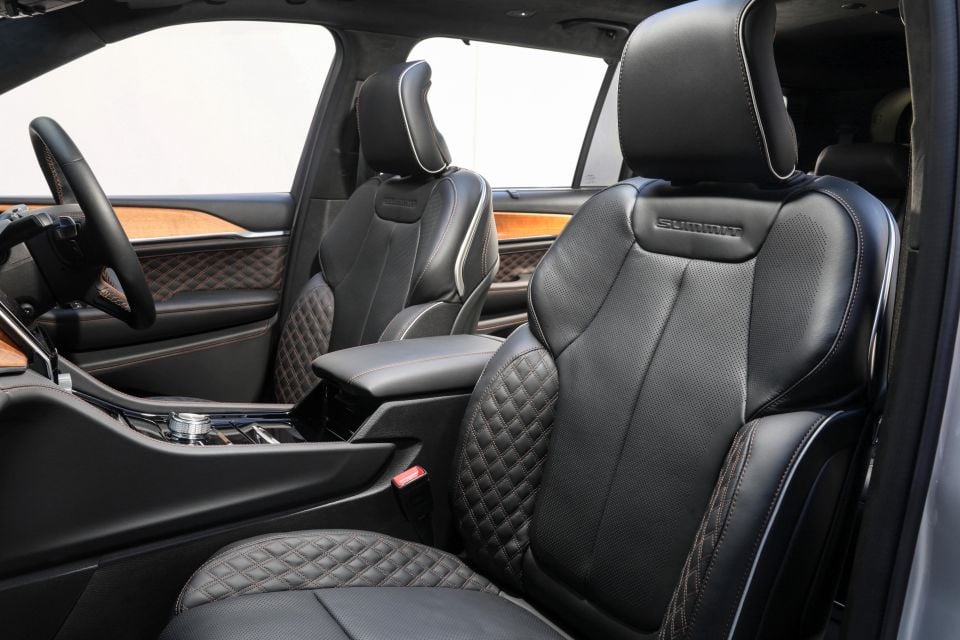
A thick piece of wood or gloss trim, depending on the variant, crosses the dash and curves up behind the touchscreen. Below it is a line of metal-look brightwork, and Jeep calls this overall effect the “metal wing”. It’s designed to emphasise the interior’s width, and combined with a centre console that isn’t too intrusive, there’s a great feeling of space up front.
Unfortunately, below that wing on the dashboard and along the sides of the centre console, you’ll find hard plastic in the Night Eagle and Limited. Summit Reserve models add neat stitching details in these areas, but these trim pieces still don’t feel as thickly padded and tactile as they look.
The Summit Reserve’s real open-pore wood trim adds plenty of visual warmth to the cabin and looks nicer than the Limited’s stuff, and also ties in with the diamond stitching on the seat bolsters and doors and the wood on the wheel. Again, though, those door trims don’t feel quite as nice as they look.
We didn’t experience any squeaks or rattles with the dashboard during our time with the cars, and nothing felt loose or chintzy.
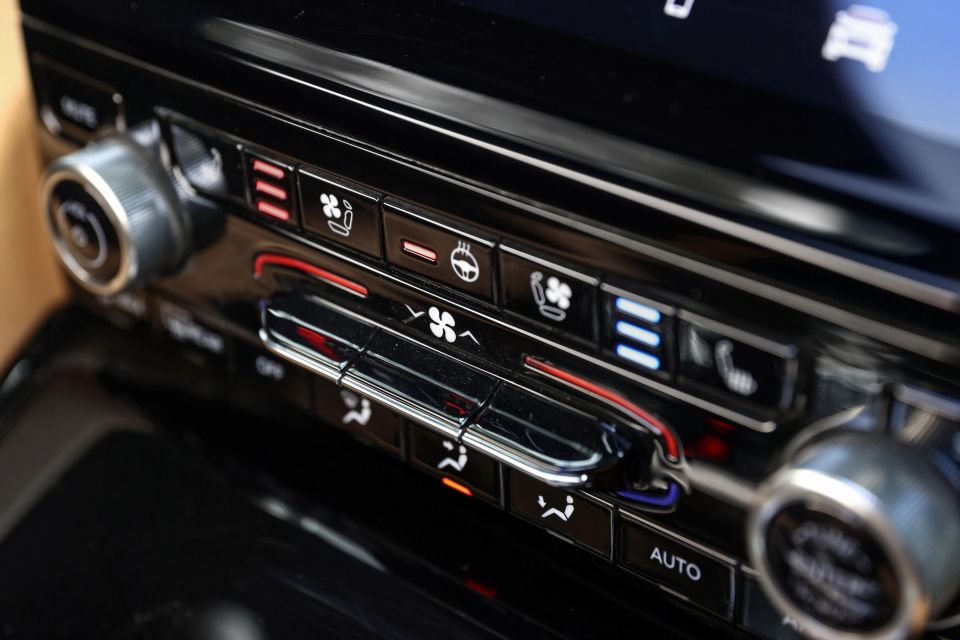
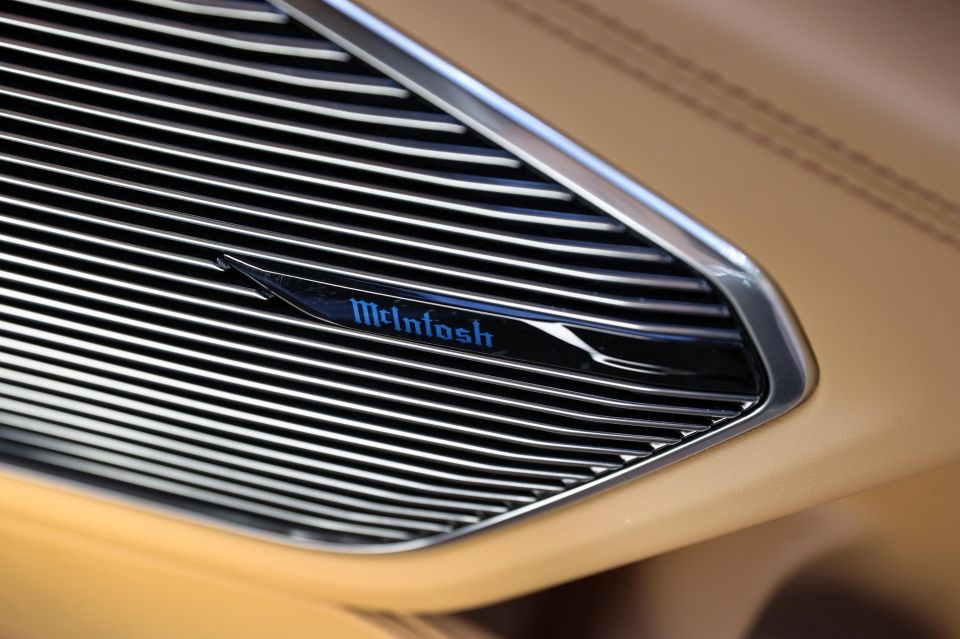
But there’s just that last little bit of polish missing, with cutlines a smidge too thick and plastics not soft enough for the Grand Cherokee L’s positioning. That reveals the Grand Cherokee L’s home-market positioning as a typically more mass-market SUV.
At the very least, Night Eagle and Limited models need soft-touch trim on the sides of the centre console where your knees may rest, something we’ve said about the Volkswagen Touareg and LandCruiser 300 GXL in the past.
We could also stand to see less gloss black trim. The centre console is swathed with the stuff and while it looks nice now, we suspect – based on past experience in cars with gloss black trim – that it won’t look good after a few years or even months.
The Grand Cherokee uses the latest Uconnect 5 infotainment system. While the presentation can sometimes be fussy, its interface is attractive and modern and the response times are quick. It’s also intuitive, with a row of shortcut buttons appearing at the bottom of the screen, as well as shortcuts to functions like seat and climate controls at the top.
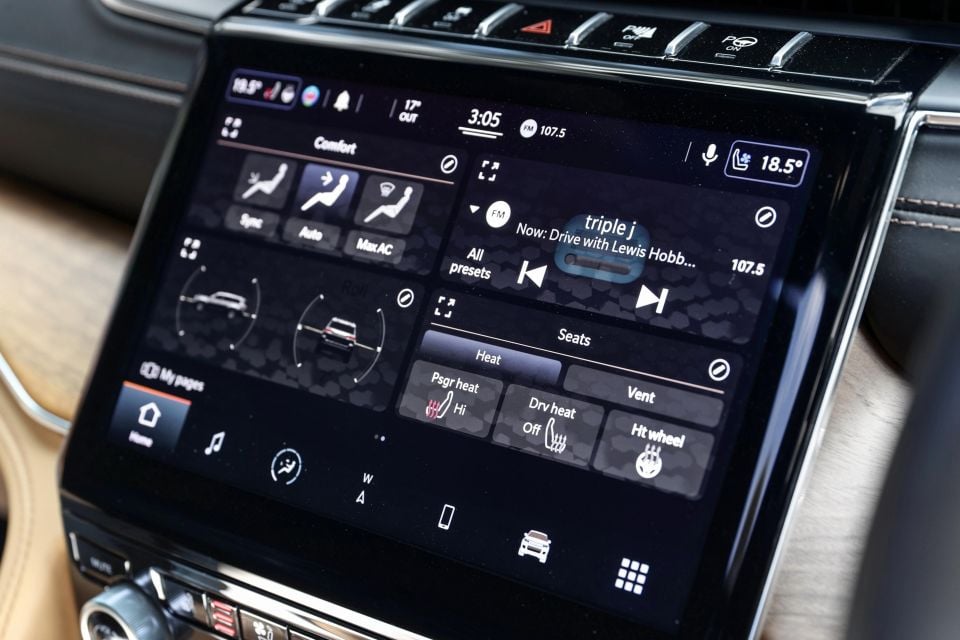
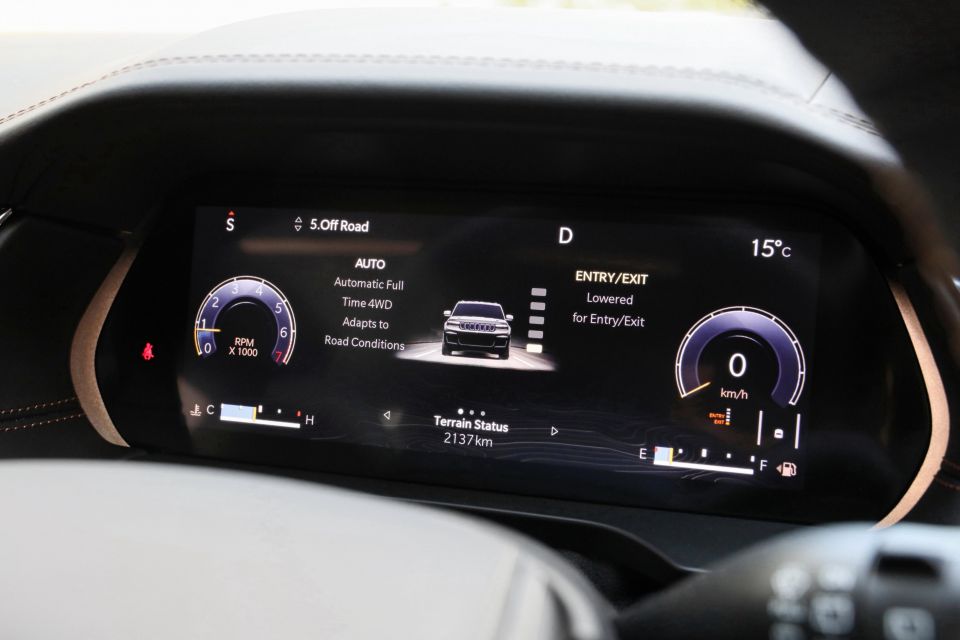
The digital instrument cluster has a good amount of adjustability, though I preferred the analogue instrument view and left it on this display for my time with the vehicles.
Summit Reserve models also come with a slick night vision view, which takes up almost the entire digital cluster with the digital speed readout left at the top and the fuel and temperature gauges displayed at the bottom.
We didn’t get a chance to test this out at night, but it’ll work when the car is in Drive and will detect people more than 1.25m tall and four-legged animals more than 1m tall that are up to 100m in front of the vehicle.
Night-vision technology isn’t new – the 2000 Cadillac DeVille was the first car to feature it – but it’s quite a unique selling point for the Summit Reserve.
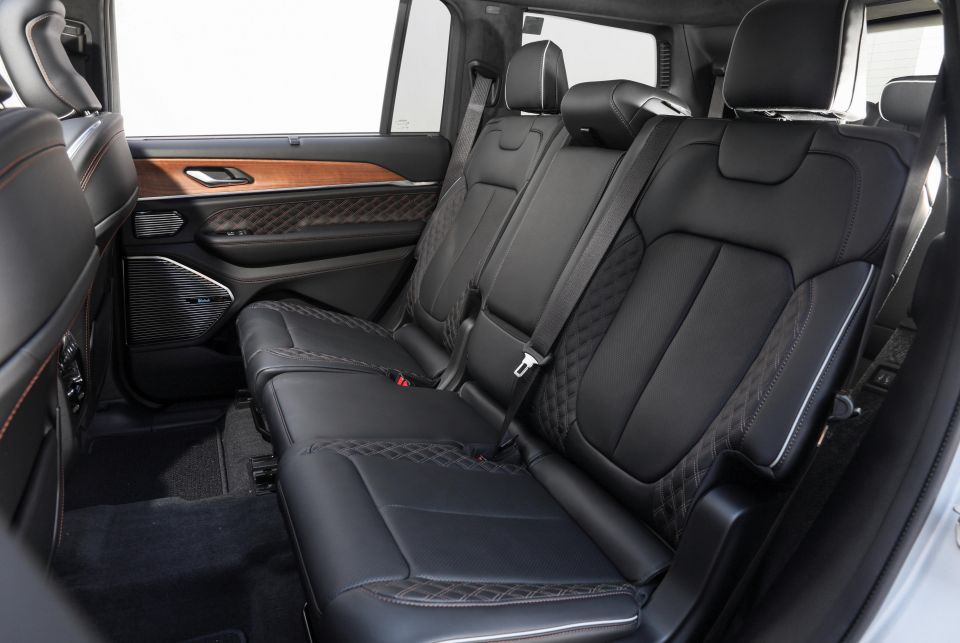
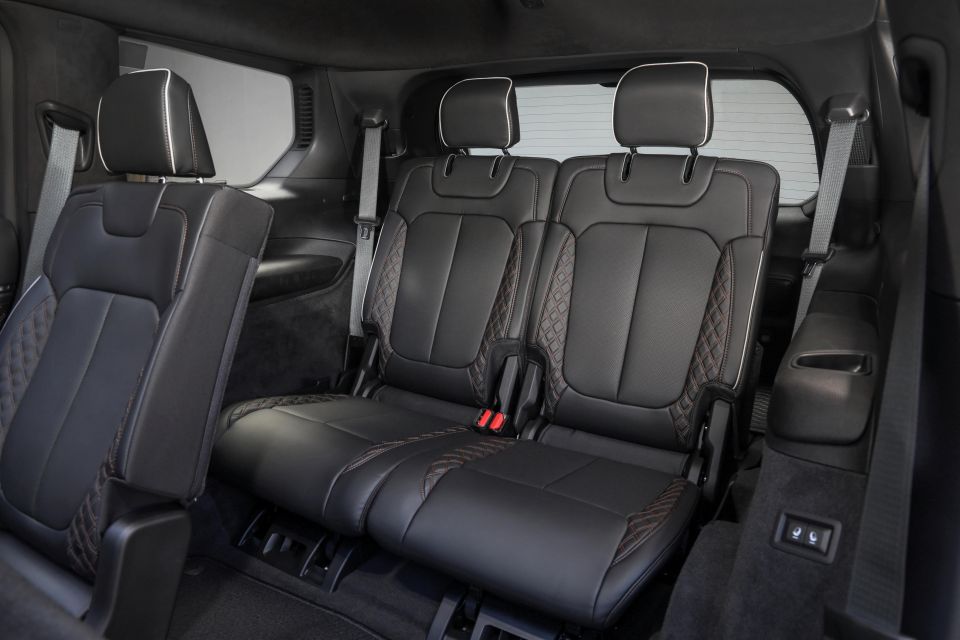
Sadly, the second-row captain’s chairs available in other markets aren’t available here, with Jeep eager to tout the Grand Cherokee L’s seven-seat layout. But the second-row bench is comfortable, with heated seats in all models and ventilated seats in the Summit Reserve. The flagship also adds an extra, fourth zone for the climate control.
Standard in the Summit Reserve and optional in the Limited is the FamCam, accessible via the touchscreen, which allows you to view a top-down display of second- and third-row passengers.
You can even click on each individual seat for a more zoomed-in view of the occupant. We imagine Jeep was pitching this feature at concerned parents more so than lecherous rideshare drivers, but it’s a fairly unique feature.
The third row is comparable to that of the Palisade, which we consider to be one of the most comfortable third rows in the large SUV segment. However, it’s not significantly larger despite the Grand Cherokee L measuring a good 20cm longer.

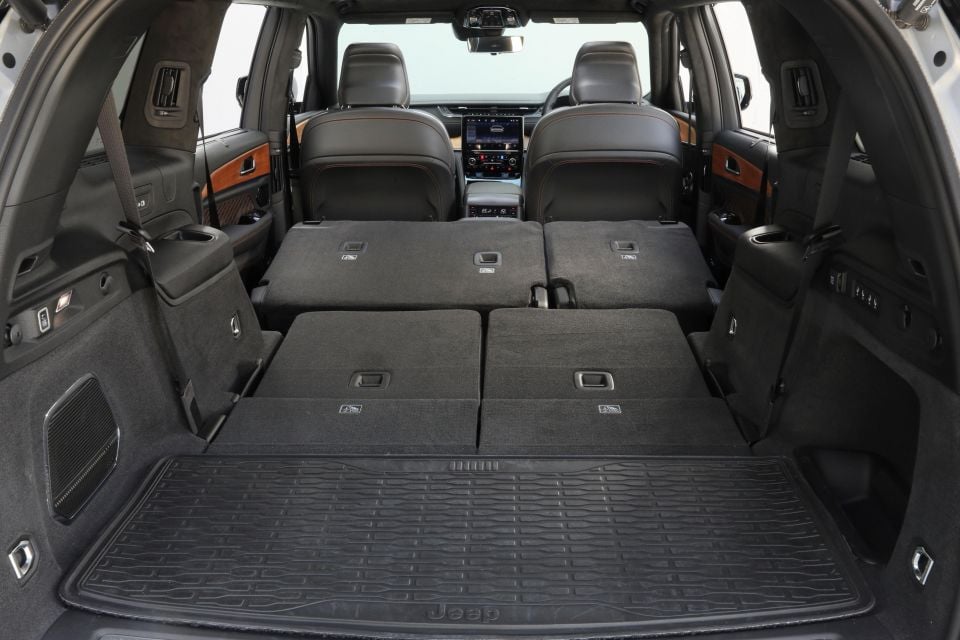
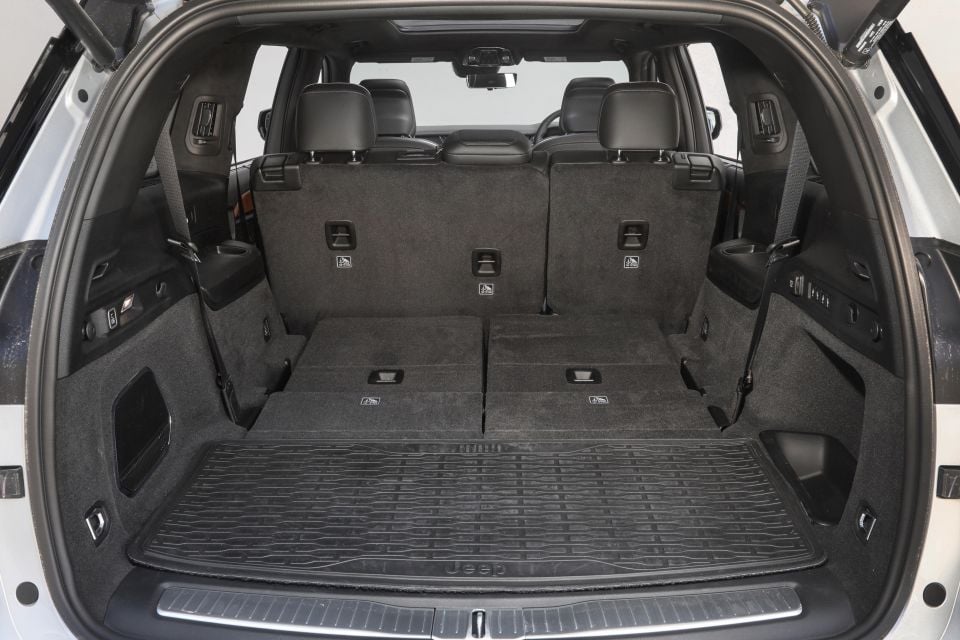
The squared-off roofline means headroom is good for someone measuring 180cm tall, and the second row can be slid forward to increase legroom – something you can’t do in a LandCruiser. Adults can also sit back here without having their knees in the air, and the third row can be easily stowed. The Summit Reserve also features a power-folding function.
Total luggage space behind the third row is 487L. That’s considerably more cavernous than the likes of the Palisade (311L), Kluger (241L), CX-9 (230L) and Discovery (258L).
Drop the third row and cargo space expands to 1328L, while there’s a total of 2395L with both the second and third rows folded.
First it was cupholders, and now the Americans seem to have found a new interior battlefront: USB ports.
The Grand Cherokee L has 12 USB outlets in total, with four USB outlets – two USB-A, two USB-C – for every row of seating. There’s also a 12V outlet in the front row and one in the boot, while Limited and Summit Reserve models also feature a 230V outlet.

The Grand Cherokee L is powered by a naturally-aspirated 3.6-litre petrol V6 developing 210kW of power at 6400rpm and 344Nm of torque at 4000rpm, mated to an eight-speed automatic transmission.
If you compare the outgoing WK2 Night Eagle with the new Night Eagle, overall length is up by a sizeable 374mm but weight is up by only 106kg. However, there’s no extra grunt on tap, with power and torque actually dropping by 3kW and 3Nm respectively.
The Night Eagle and Limited use Jeep’s Quadra-Trac I active four-wheel drive system with a single-speed active transfer case. The Limited also gets the Selec-Terrain traction management system, with Sport, Snow and Sand/Mud drive modes.
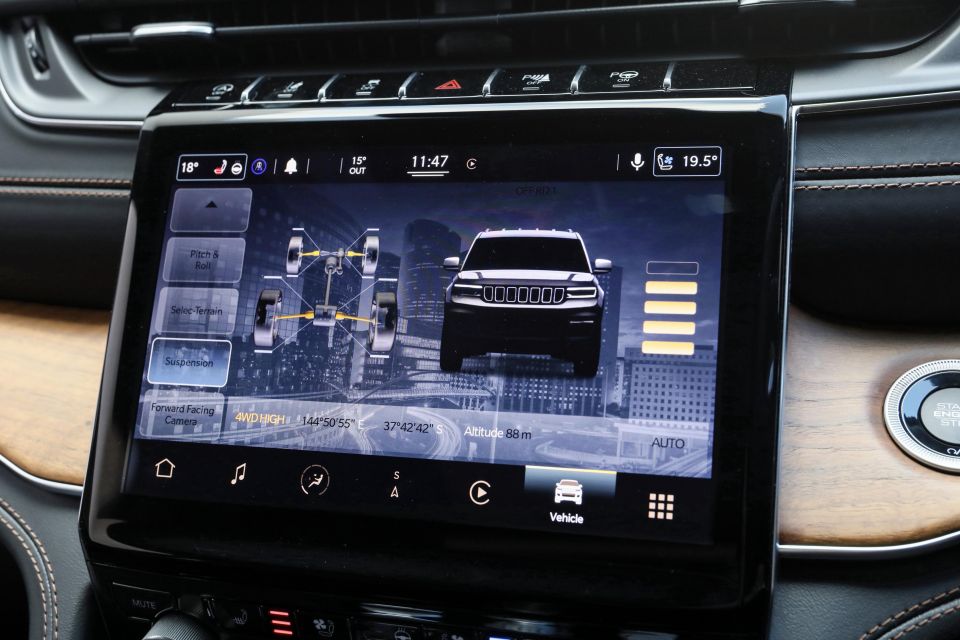
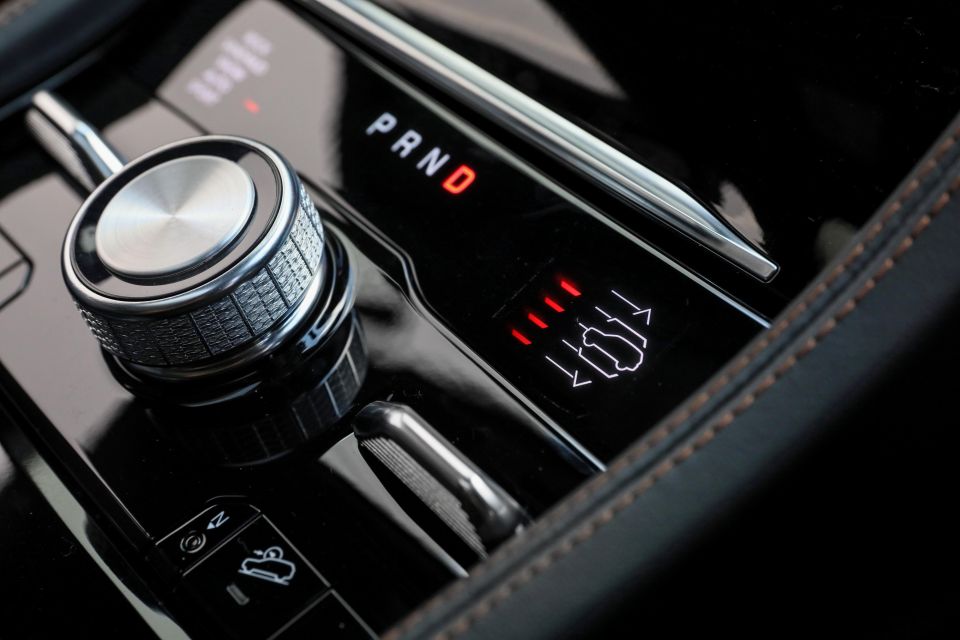
The Summit Reserve receives the Quadra-Drive II 4×4 system with Selec-Terrain, Quadra-Lift air suspension, and a two-speed active transfer case with low-range gearing.
Unusually, only the Summit Reserve gets hill descent control.
Approach, breakover and departure angles are 20.6, 18.2 and 21.5 degrees, respectively, on the Night Eagle and Limited. These increase to 28.2, 22.6 and 23.6 degrees on the Summit Reserve.
Likewise, running clearance and wading depth are 215mm and 530mm in the Night Eagle and Limited but increase to 276mm and 610mm in the Summit Reserve.
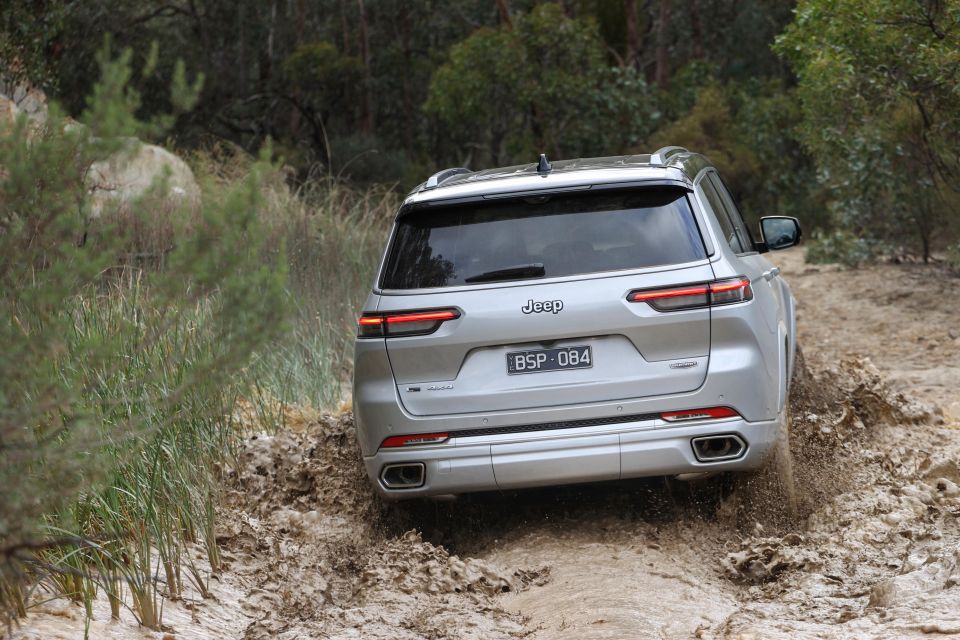
Where expert car reviews meet expert car buying – CarExpert gives you trusted advice, personalised service and real savings on your next new car.
For context, the WK2 Night Eagle and Limited had running clearance and wading depth figures of 218mm and 508mm, as well as approach, breakover and departure angles of 26, 19 and 24 degrees, respectively.
With the turbo-diesel V6 and petrol V8 engines gone, the most braked towing capacity the Grand Cherokee L can muster is 2813kg. This drops to 2268kg in the Summit Reserve.
In our Summit Reserve tester, we were averaging 14L/100km after a mix of highway and off-road driving. We reset this on the way back to the airport, and this mostly highway driving resulted in an average fuel economy of 11.1L/100km.
The official claim is 10.6L/100km on the combined cycle. We’ll have to take this on a more representative test route and see how close the Jeep can get to that.
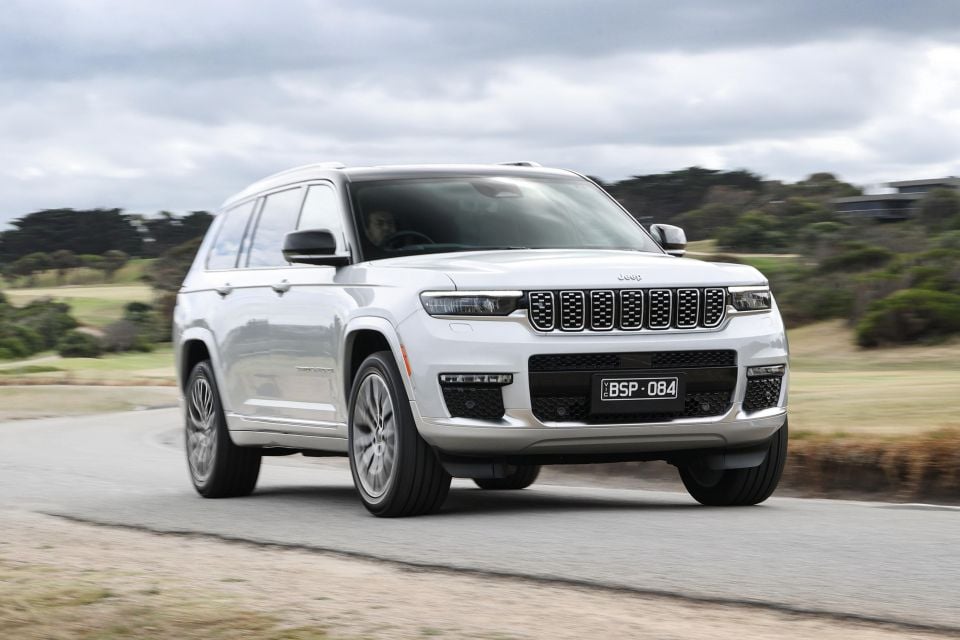
The launch program consisted of a mix of both on-road and off-road driving in the Limited and Summit Reserve.
The steering has a nice heft to it, with a weighting that inspires confidence. We didn’t get to tackle many twisties in the Grand Cherokee, but in the curves we did encounter we found the Jeep had well-controlled body roll.
The brake pedal, in contrast, doesn’t inspire confidence. It feels wooden and numb, precisely the feeling you don’t want when you’re trying to bring a 2190-2270kg SUV to a halt.
Acceleration is adequate. The Pentastar V6 has a nice old-school sound to it, and it’s enjoyable to wind out. But while it doesn’t feel underpowered, it doesn’t feel all that quick, either. That was with just two occupants on board, so it remains to be seen how it feels with seven.
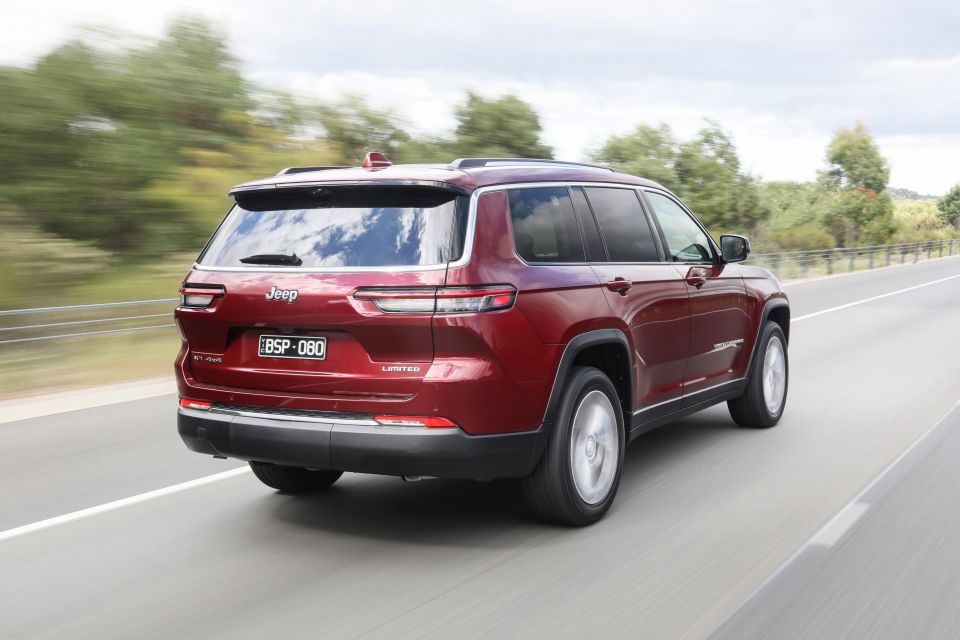
It doesn’t have the low-end grunt of the old turbo-diesel V6, which produced peak torque at 2000rpm. Peak torque for the Pentastar V6, in contrast, is available at 4000rpm.
While its power and torque outputs are competitive with the likes of the V6 Palisade and Kluger, the Grand Cherokee L is lugging more weight – around 200kg more than a Kluger Grande V6 AWD, in fact.
The carryover eight-speed automatic transmission shifts smoothly and never seemed to be hunting for the right gear, and there are fairly tactile paddle shifters behind the steering wheel should you wish to take over.
Our time behind the wheel of the Limited saw us take some particularly nasty, pockmarked roads. Despite the absence of the Summit Reserve’s air suspension, the Limited lapped these roads up.
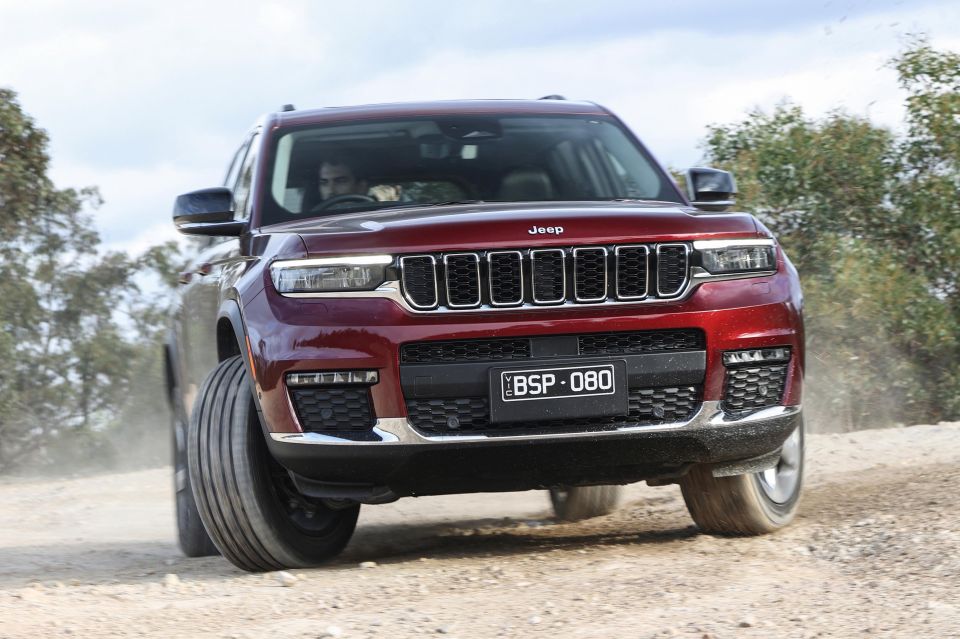
The ride was particularly pliant, with no sharp impacts felt in the cabin. Overall, it felt more comfortable and settled than a body-on-frame LandCruiser 300 Series, though we’d expect this from a unibody SUV.
The Summit Reserve’s air suspension didn’t feel a quantum leap over the already impressive Limited in terms of ride comfort, though there was a nice amount of extra waft dialled in.
We can’t definitively comment on how the Summit Reserve behaved on-road, however, as we swapped into it halfway during the off-road driving and by this point it seemed to develop a minor wheel alignment issue that was causing some vibration up front.
When it came to the drive program, like its old advertisements implored, Jeep didn’t hold back. We were sent down a lengthy, mountainous fire trail inland from New South Wales’ South Coast that hadn’t been cleared, so each car’s underbody got a good scraping.
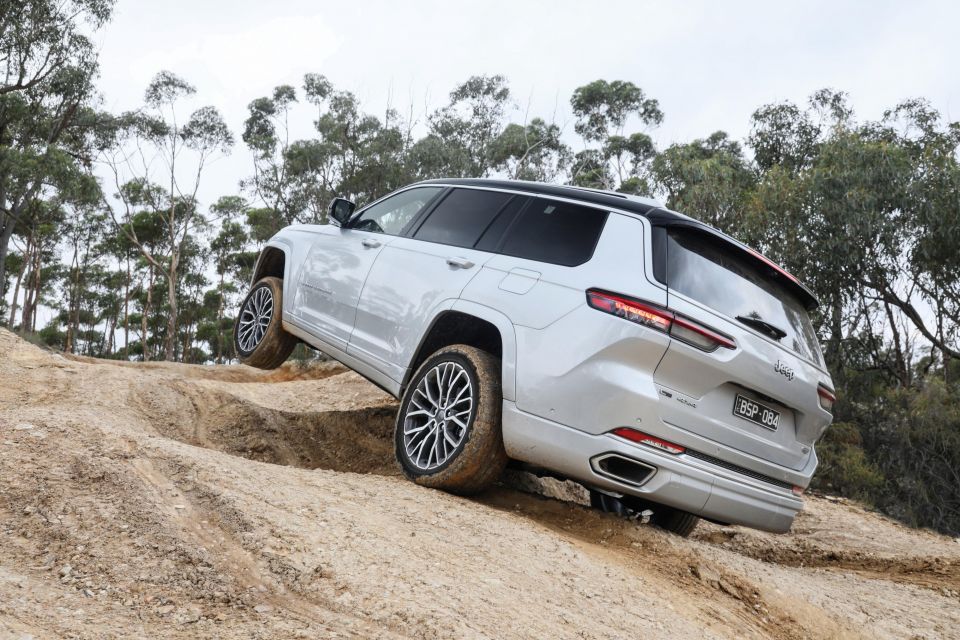
For the first few kilometres, we left the Grand Cherokee L in 4WD Auto. When said fire trail eventually became more rocky, rugged and full of rampovers, however, we shifted it into Sand/Mud.
The Summit Reserve’s air suspension allows you to set one of two ride heights specifically for off-roading – the highest increases ground clearance by 60mm, so that’s the one we chose.
The extra clearance of the Summit Reserve was appreciated, but in fairness the Limited we had never got stuck.
These Grand Cherokee Ls were rolling on road rubber too: Continental Cross Contact LX Sport 275/45 R21 all-season tyres on the Summit Reserve, and Pirelli Scorpion Verde 265/50 R20 all-seasons on the Limited.
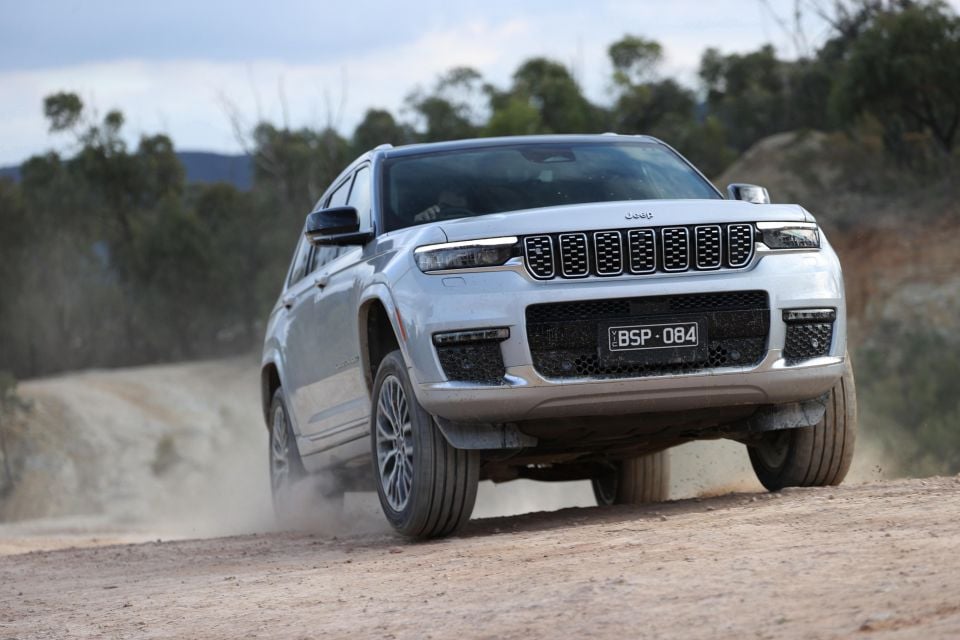
These weren’t Trailhawks – Jeep has yet to develop a Grand Cherokee L Trailhawk – so there were no underbody skid plates. That meant a couple of cars did lose a couple of small underbody trim pieces, though nothing that kept us from keeping on.
It’s fair to say the trails we took the Grand Cherokee L on are not trails I’d ever attempt in your typical large crossover like a Kluger.
Was it Mount Kilimanjaro? No, and a Compass Trailhawk in our convoy also got through it all – on one hand, that’s actually a Jeep that wears the brand’s much-touted Trail-Rated badge, but it’s also one that disappointed us in our recent SUV off-road comparison test.
However, credit to Jeep for actually sending us down a fairly challenging track in large SUVs riding on all-season tyres. There’s something to be said for cresting rocky hills and ploughing through mud puddles while sitting in ventilated, massaging leather seats.
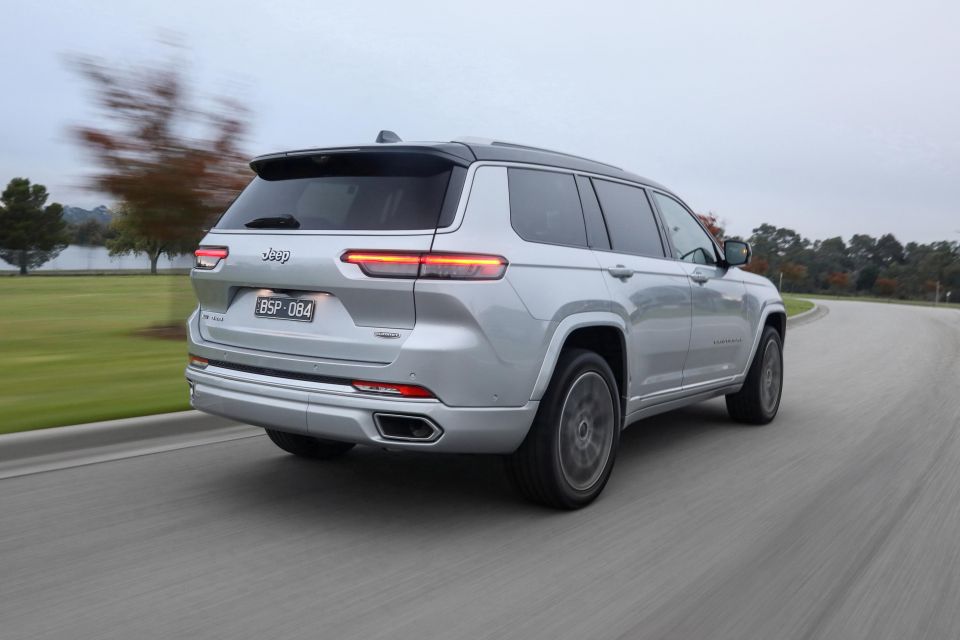
Back on the road, you’ll find only the Summit Reserve features Jeep’s Active Driving Assist, which keeps you centred in your lane.
We only had a limited time to try this, but we received a message on the instrument cluster a few times saying it couldn’t detect lane markings.
At speeds over 100km/h, the Summit Reserve’s air suspension will also drop to a lower Aero ride height.
All models feature lane-keep assist, and there are various levels of adjustability. Only turning it completely off will silence the shrill beeps when you depart your lane, though you can leave it turned on and toggle on and off the vibration and steering assistance.
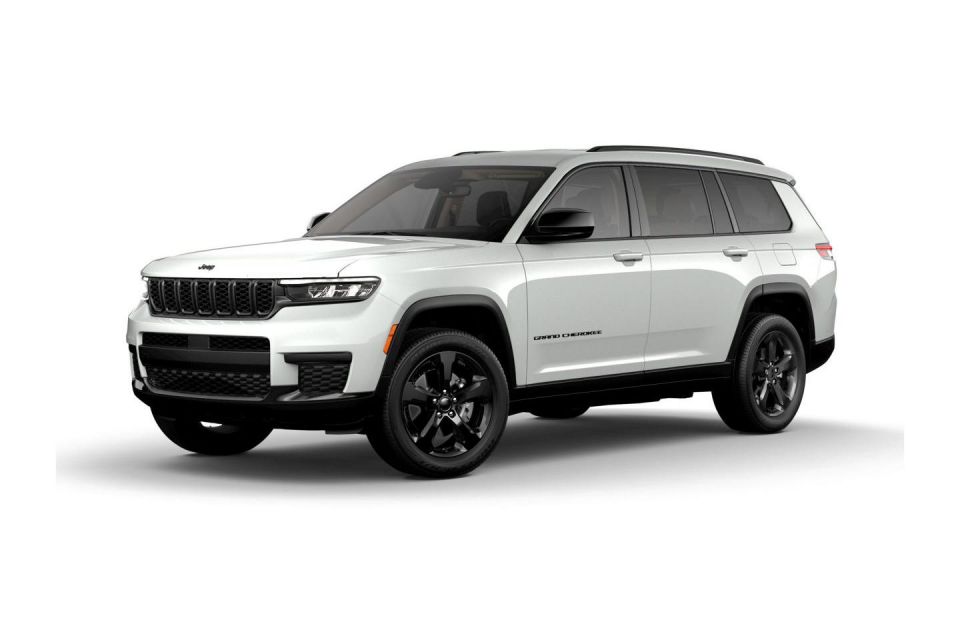
Jeep has opted for a simplified lineup for Australia with the new WL generation, with just three trim levels. The redesigned two-row body style is expected to mirror this model range.
Grand Cherokee L Night Eagle highlights:
A single-pane sunroof is a $2450 option.
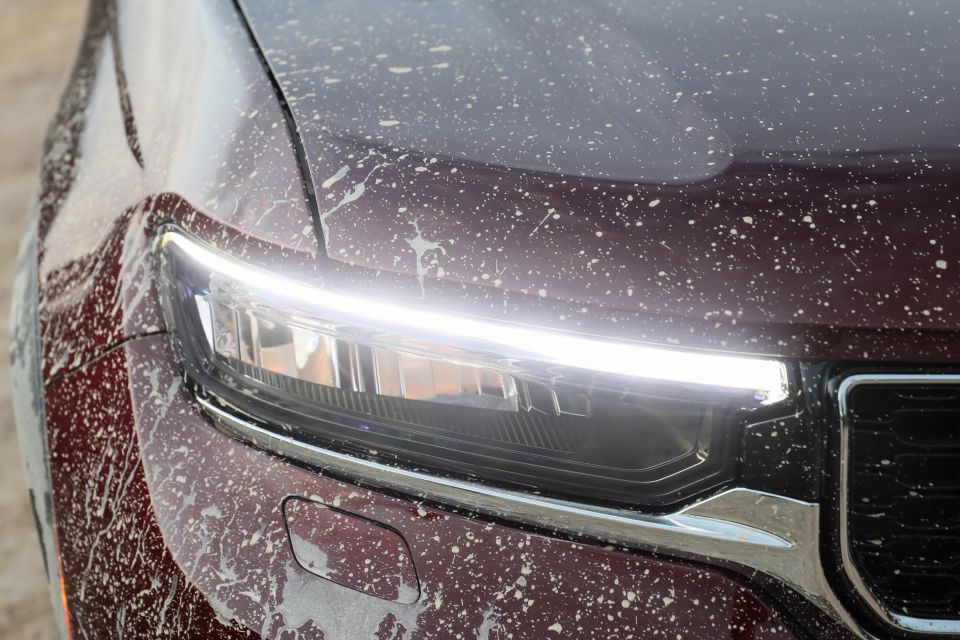
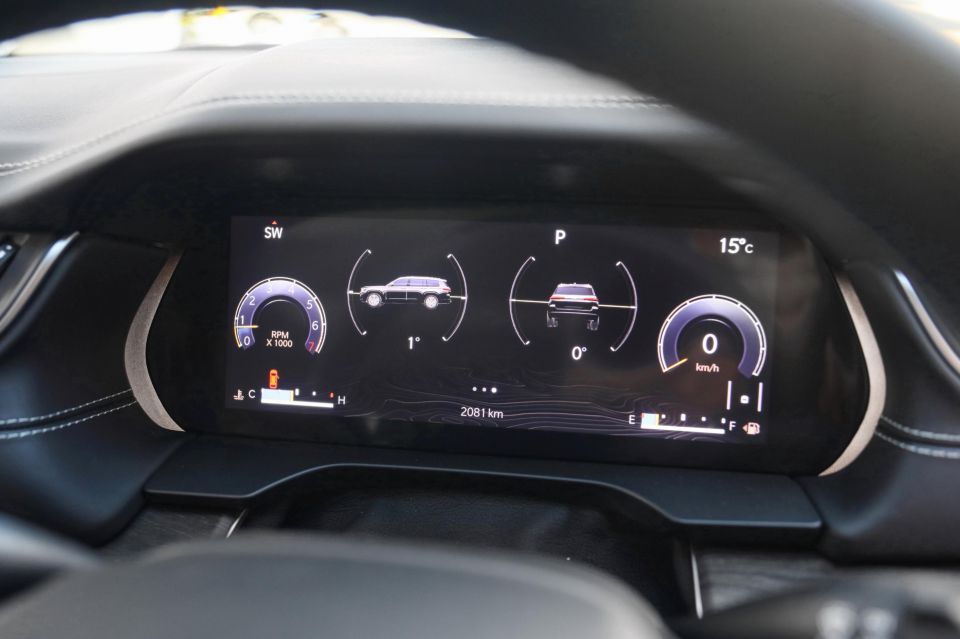
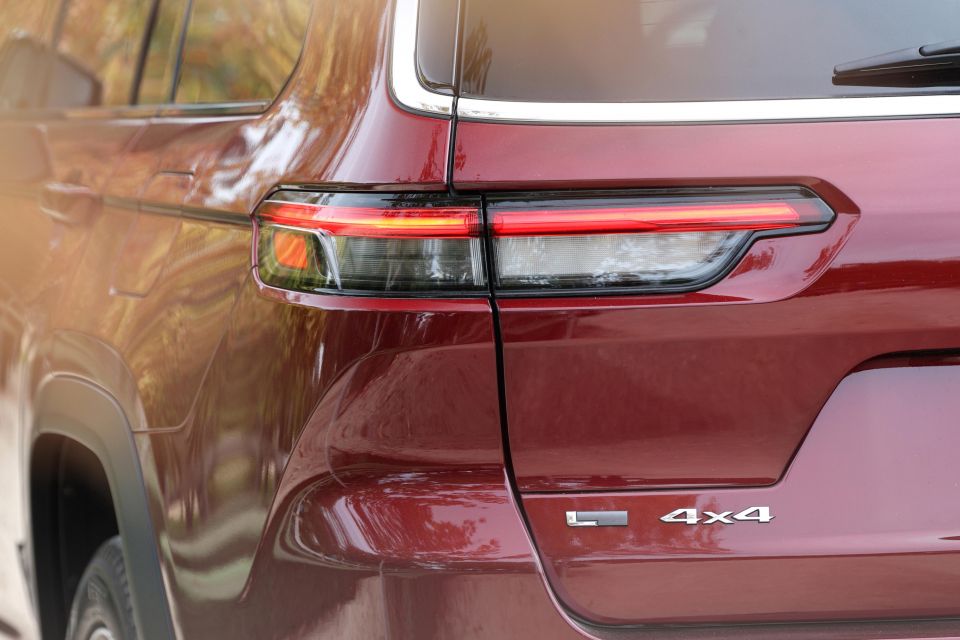

Grand Cherokee L Limited gains:
The $4250 Vision Group adds a panoramic sunroof, rear-facing interior camera and head-up display.
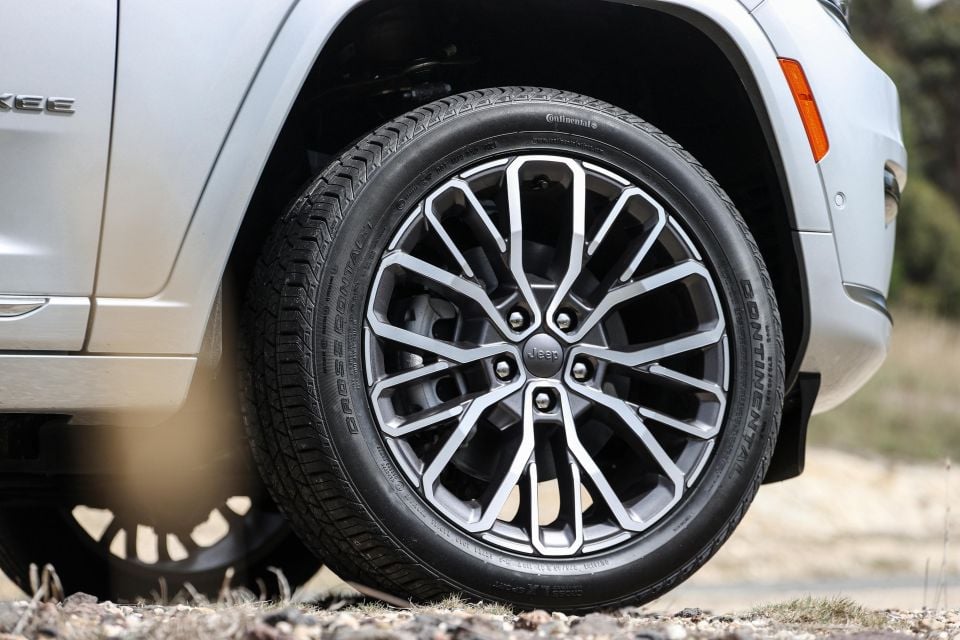
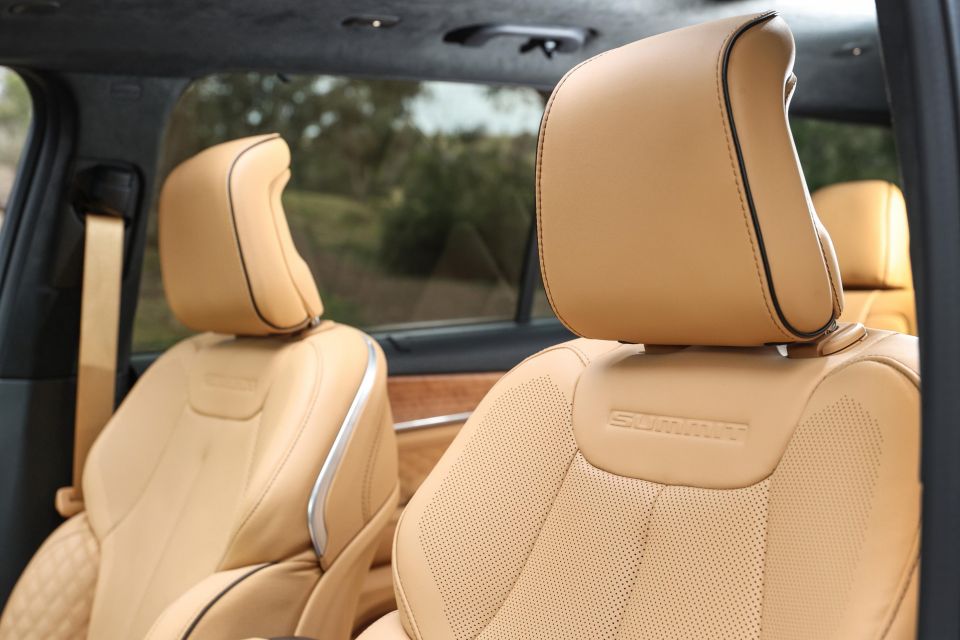
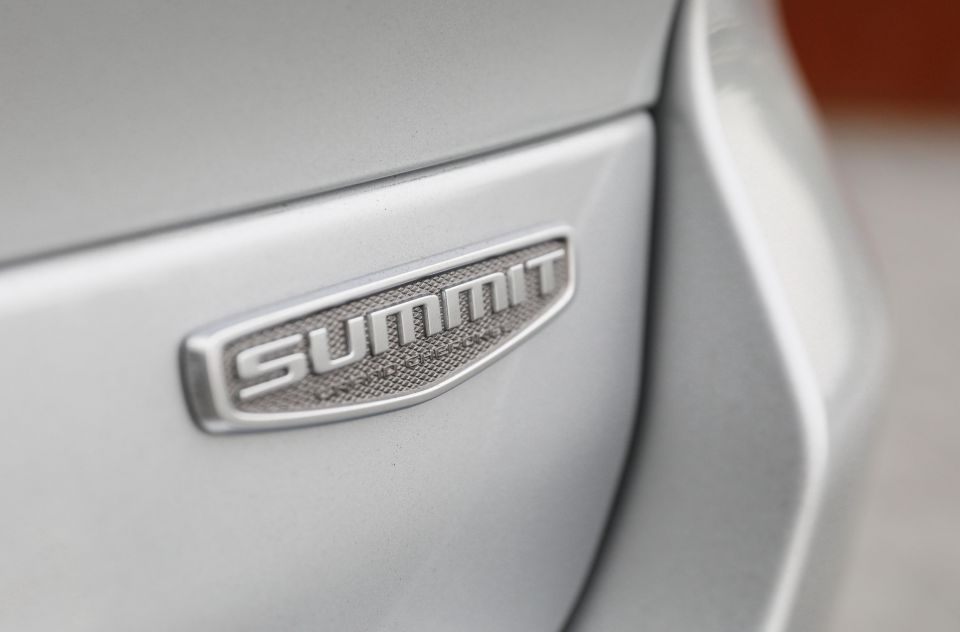
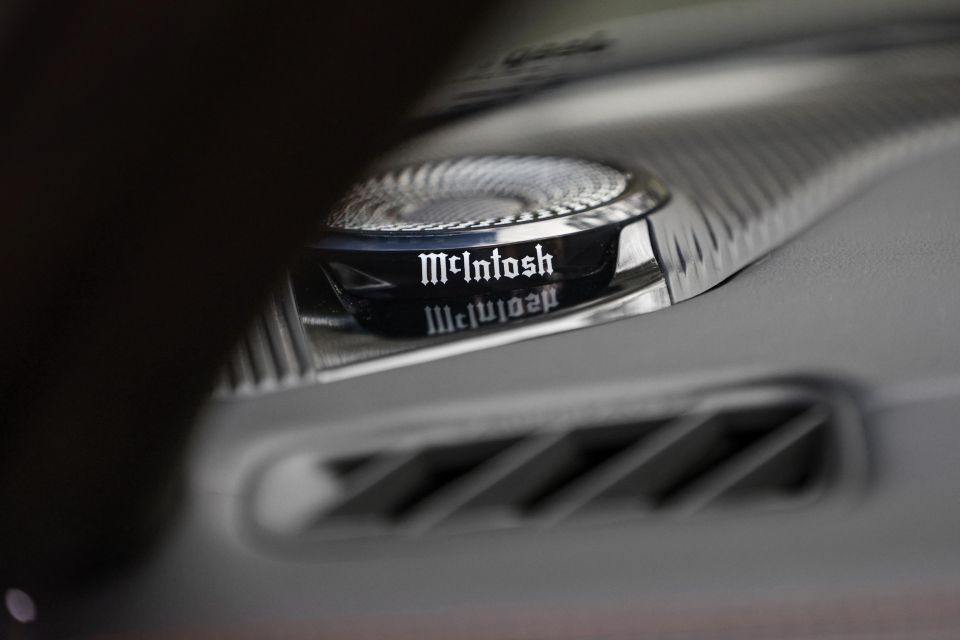
Grand Cherokee L Summit Reserve adds:
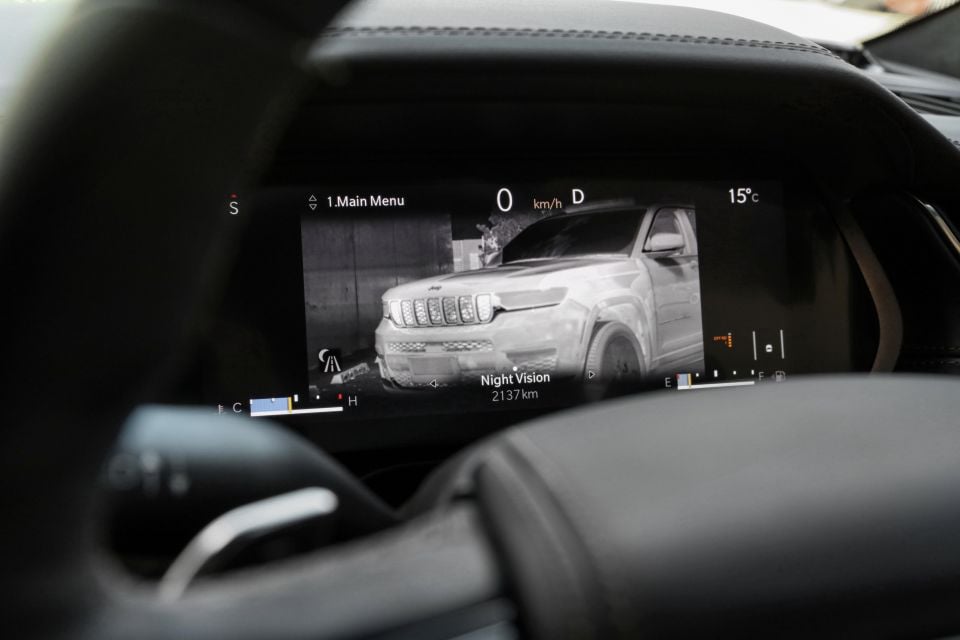
The Summit Reserve’s $5500 Advanced Technology Group adds:
Yes, you read that correctly. Despite being standard in the Night Eagle and Limited, a wireless phone charger is optional in the Summit Reserve. Jeep says this is because it’s optional on the US-market Summit Reserve.
You can opt for the Tupelo interior colourway in the Summit Reserve, named for the type of honey but coloured more like honeycomb-flavoured ice-cream.
Jeep expects the Limited to be the most popular, accounting for half of sales.
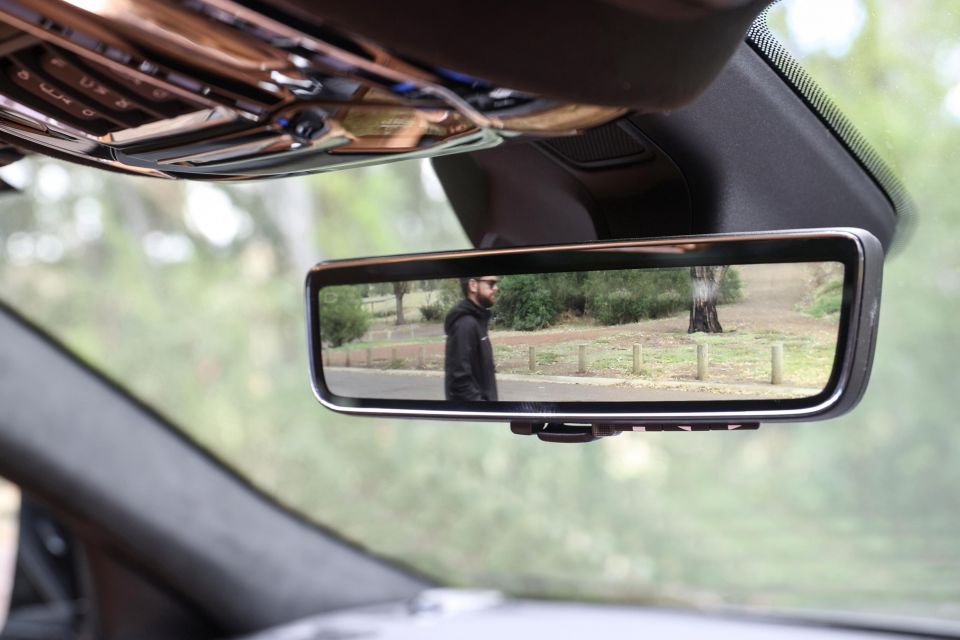
The Grand Cherokee L has yet to be tested by ANCAP, and has also yet to be tested by US safety authorities like the IIHS or NHTSA.
Standard safety equipment includes:
The Summit Reserve adds:
It’s a bit disappointing those extra features in the Summit Reserve aren’t standard across the Grand Cherokee range.

The Grand Cherokee L is backed by a five-year, 100,000km warranty, and Jeep offers five years of capped-price servicing
Servicing intervals are 12 months or 12,000km, whichever comes first. The first five services are capped at $399 each.
While that warranty isn’t as good as the five-year, unlimited-kilometre warranties offered by most rivals, the servicing prices are reasonable. At $1995 over five years, the Grand Cherokee L is line-ball with the Palisade V6 (also $1995) and CX-9 ($1910), and cheaper than the Discovery ($2650) and Touareg ($3000-3600).
The servicing intervals are also more reasonable than the six-month, 10,000km intervals in the Toyota LandCruiser 300 Series and Prado.
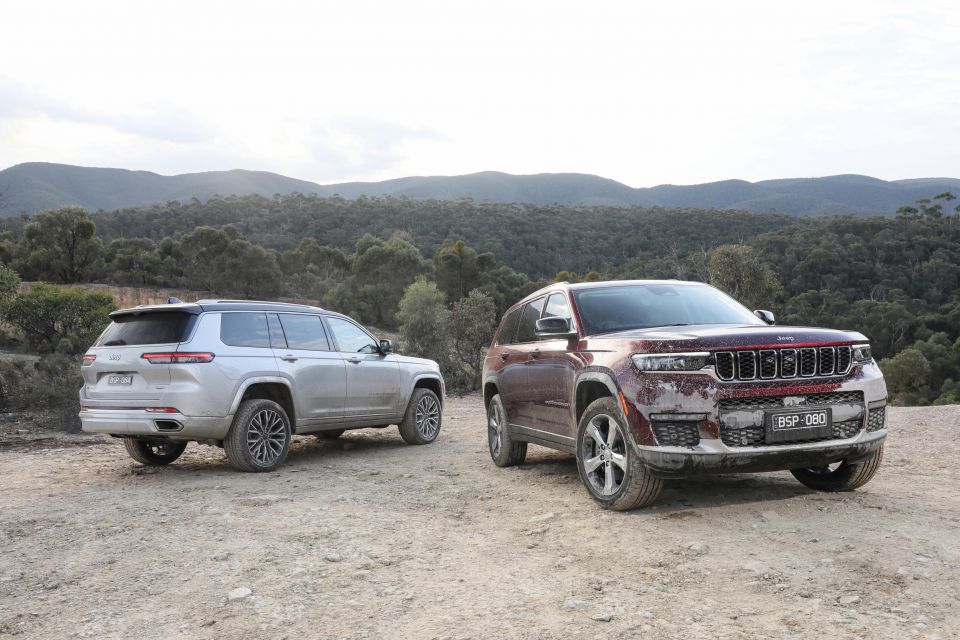
The Jeep Grand Cherokee L occupies a strange place in the Australian market.
Its third row is more hospitable than that of a LandCruiser 300 Series and it approaches that model’s off-road ability, but it lacks the Toyota’s rock-solid reputation and torquey turbo-diesel V6.
It has more off-road ability than a Hyundai Palisade or Toyota Kluger, but it costs more than both. It has more seating capacity than a Volkswagen Touareg, but lacks that vehicle’s grunt and towing capacity.
It’s cheaper than the likes of a Land Rover Discovery or BMW X7, but it can’t boast a premium badge even if Jeep Australia would like to think it has one, and its petrol V6 can’t match the turbo-diesel sixes of those rivals.
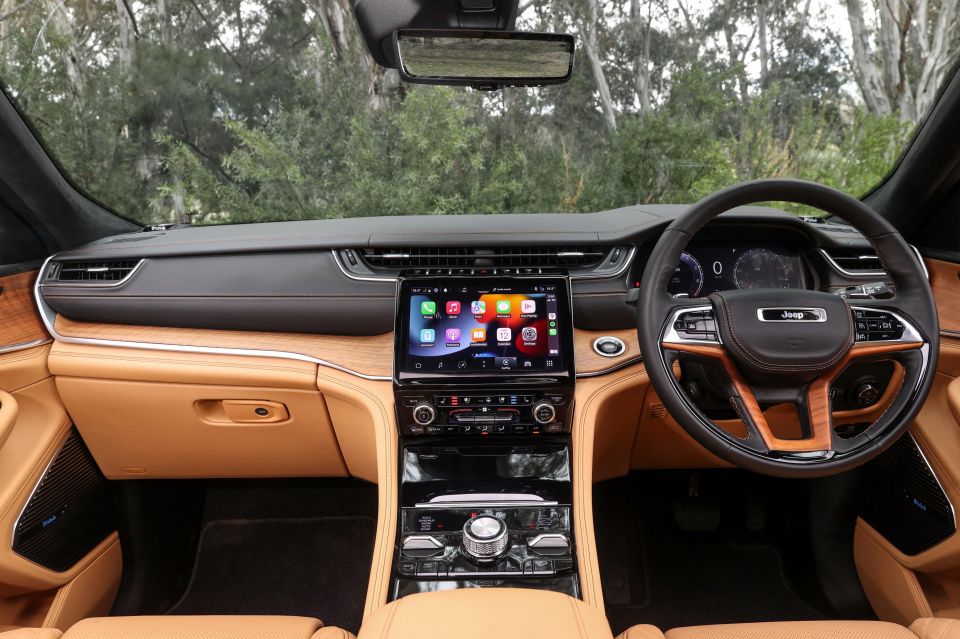
So, for what kind of consumer does the Grand Cherokee L appeal to, besides rusted-on Jeep buyers?
It arguably makes the most sense to someone who’s dubious of diesel, but who wants to have some degree of off-road ability. This hypothetical buyer may also want more third-row space and more technology than a comparably-priced LandCruiser Prado or 300 Series.
Is that a rich enough vein of the market for Jeep to tap? The jury’s out on that for now. But while it may have an engine that’s only adequate and a towing capacity that won’t suit some buyers, the Grand Cherokee impresses with handsome styling inside and out, a spacious cabin, a comfortable ride, and slick technology.
The Summit Reserve has a more attractive interior and a lengthy list of standard equipment, but we’d steer you back towards the Limited.
Now, let’s just hope Jeep puts its new twin-turbocharged inline-six petrol engine in the WL Grand Cherokee soon. If you want buyers to ditch their diesels, you have to give them a compelling reason, and the Hurricane six could be the ticket.
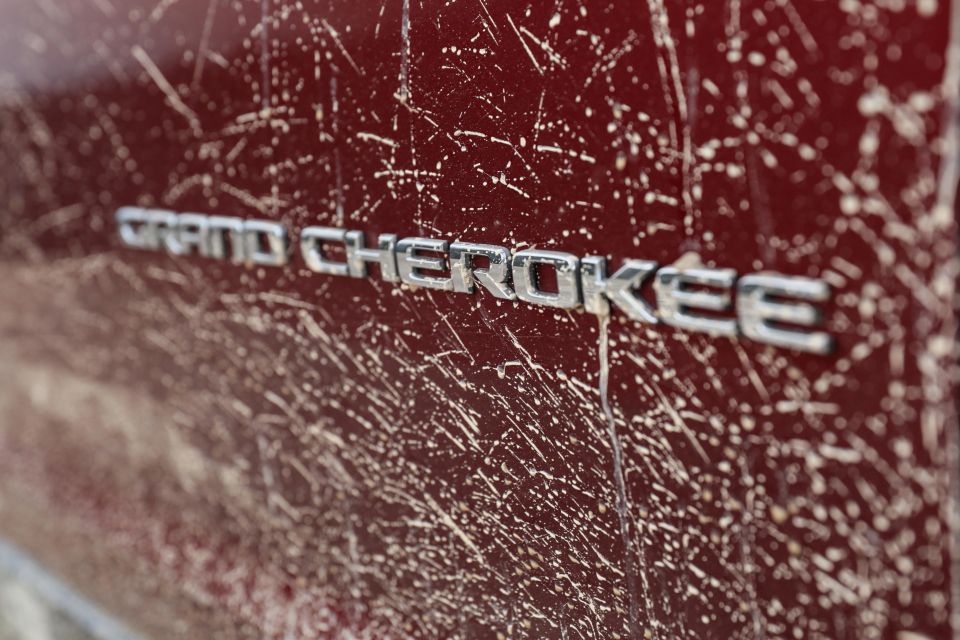
Click the images for the full gallery
Where expert car reviews meet expert car buying – CarExpert gives you trusted advice, personalised service and real savings on your next new car.
William Stopford is an automotive journalist based in Brisbane, Australia. William is a Business/Journalism graduate from the Queensland University of Technology who loves to travel, briefly lived in the US, and has a particular interest in the American car industry.


James Wong
4 Days Ago


Angus MacKenzie
3 Days Ago


Paul Maric
2 Days Ago
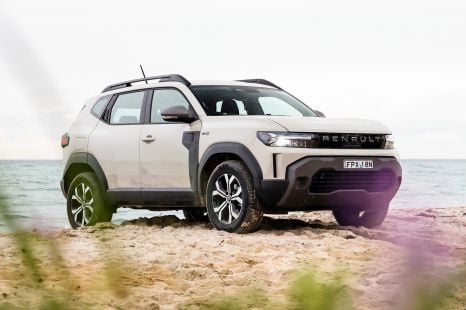

Max Davies
2 Days Ago
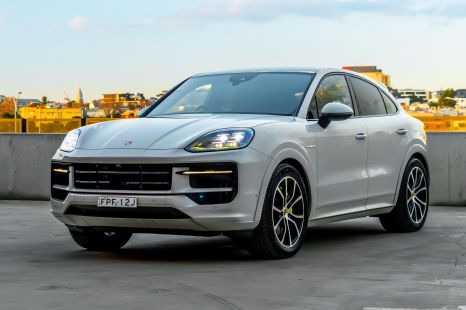

James Wong
1 Day Ago


Damion Smy
18 Hours Ago